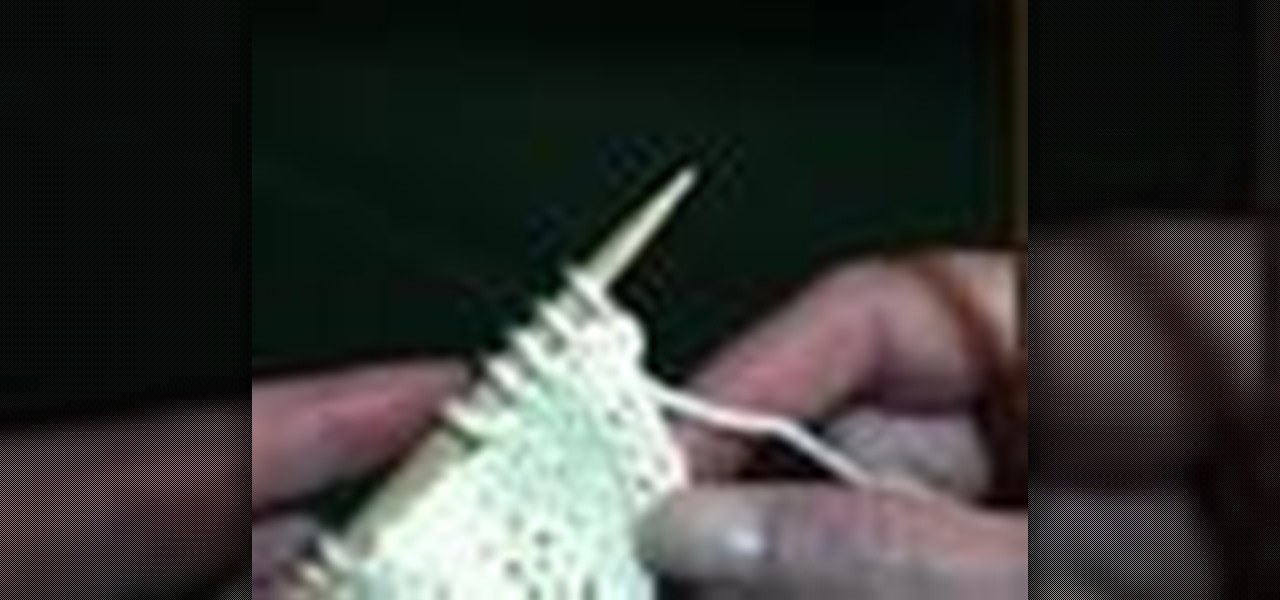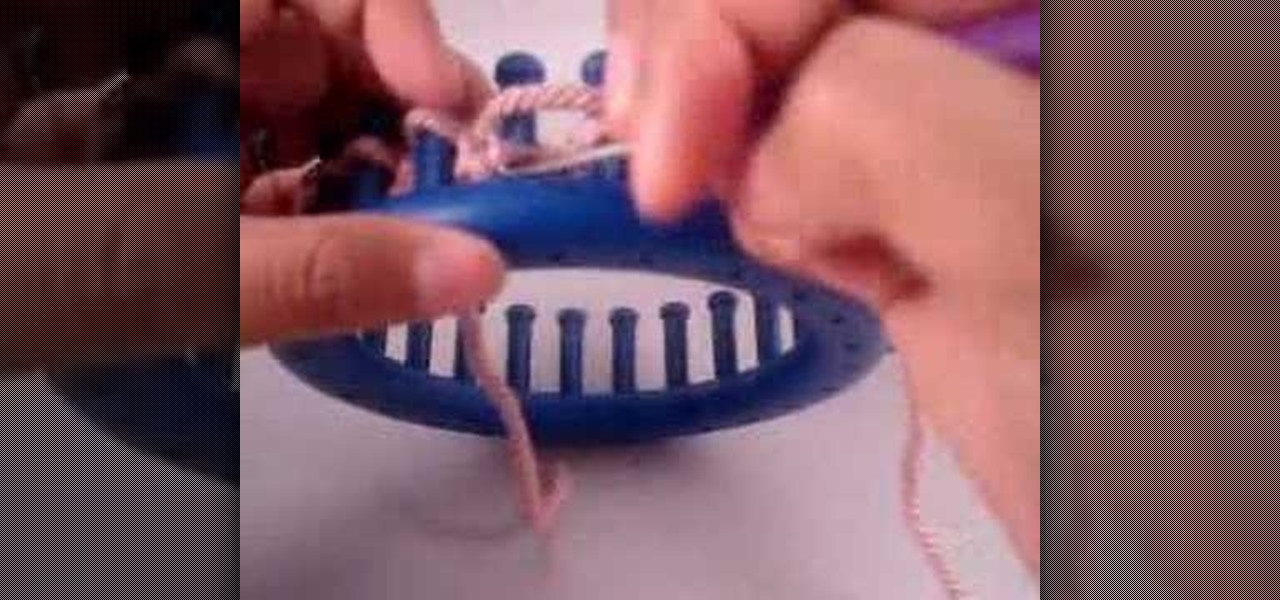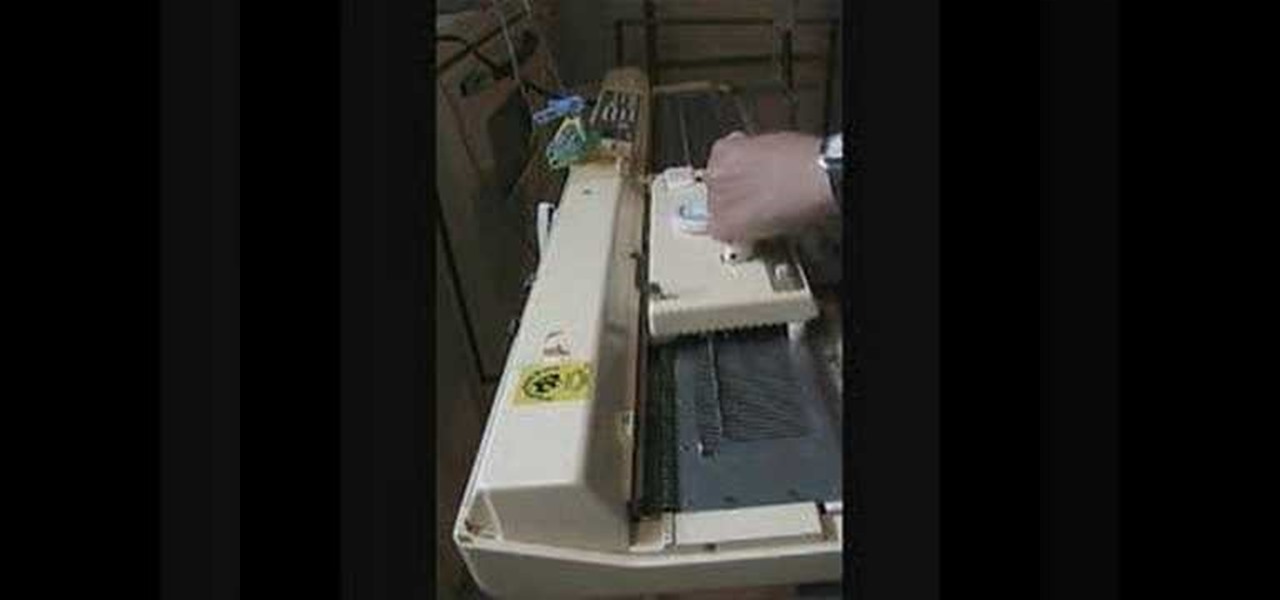Everything Else

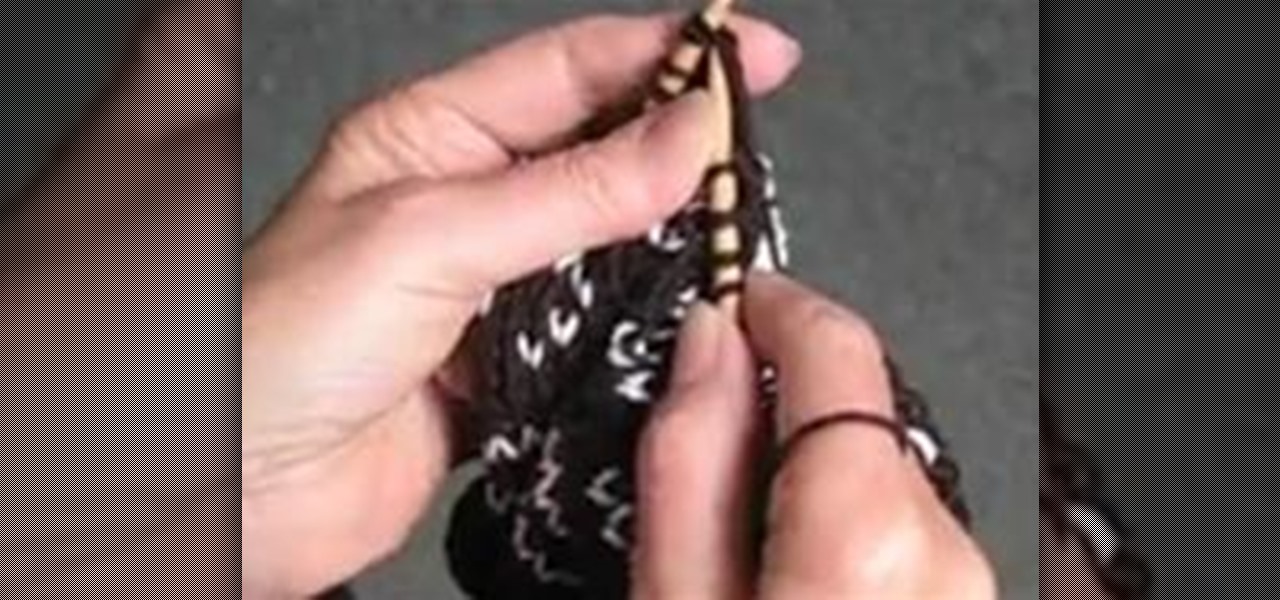
How To: Decrease on a Circular Needle
Decreasing on a Circular Needle is as simple as decreasing on a straight needle. You can still do it both ways. Either K 2 tog or K, slip, psso. You will need to know how to decrease on a circular needle when you make hats or purses. If t don't know how, see the bottom of the page for instructions.
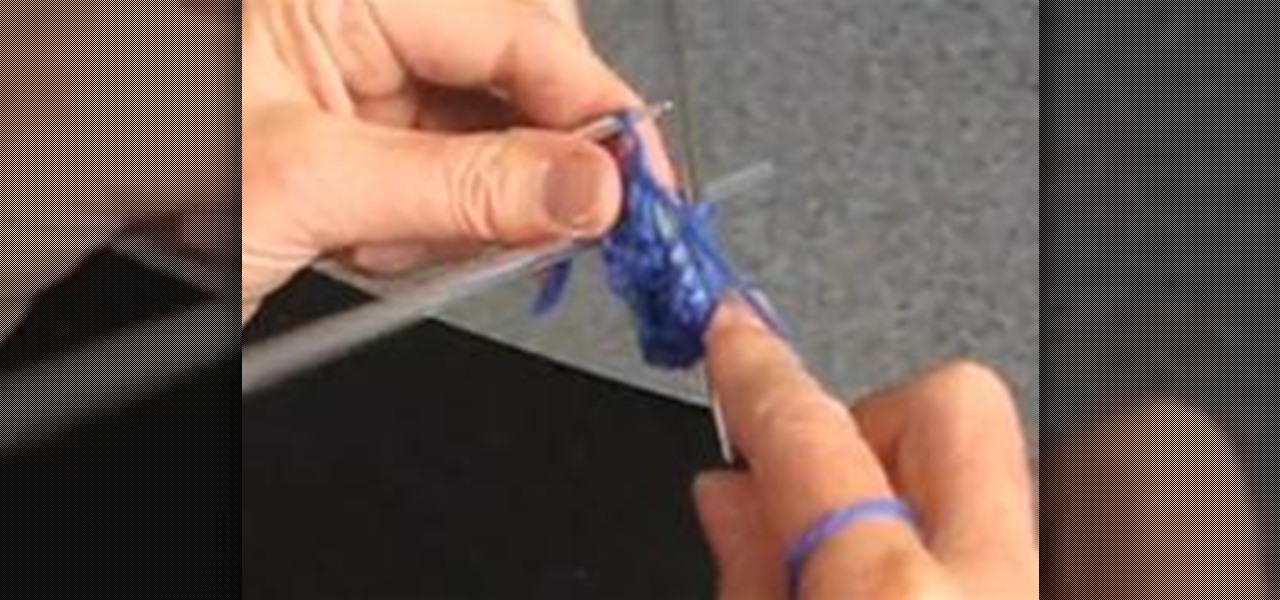
How To: Knit Ribbing on Double Pointed Needles
Ribbing on double pointed needles is quite simple. Here's what to do:
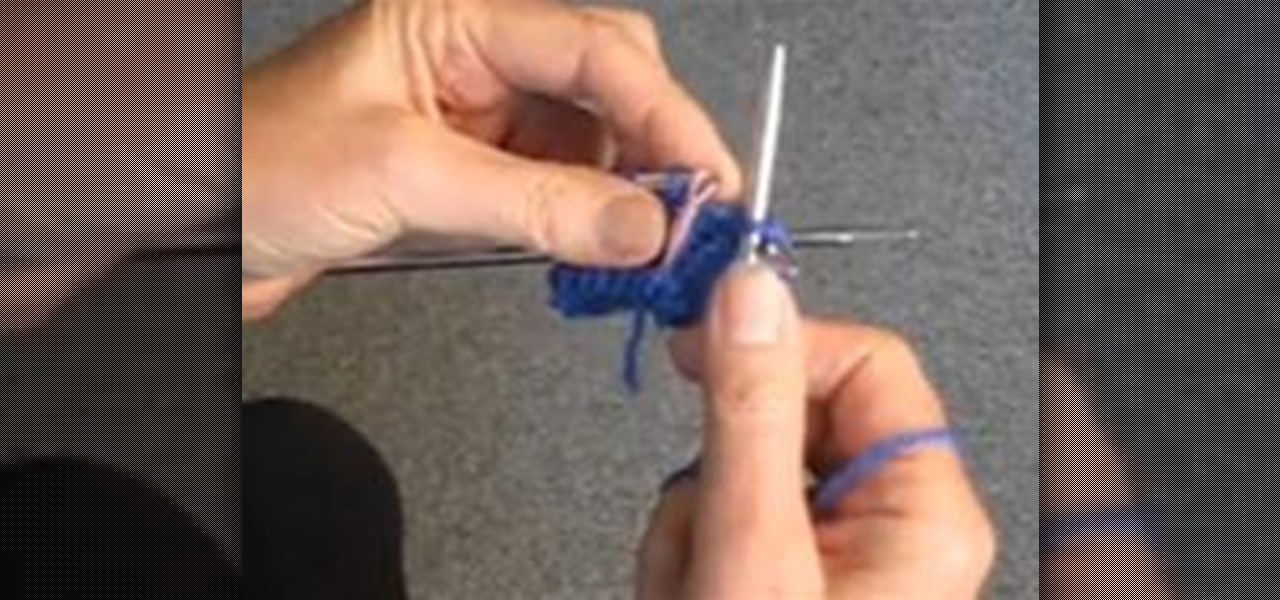
How To: Bind Off on Double-Pointed Needles When Knitting
Binding off on double-pointed needles is the same as binding off on a straight needle. The difference is is that you have to be very careful as you work on each needle.

How To: Add Color on Circular Needles When Knitting
Adding color on circular needles is as easy, if not easier than adding color on a straight needle. You can use this method for knitting stripes or simply just changing from one color to another.
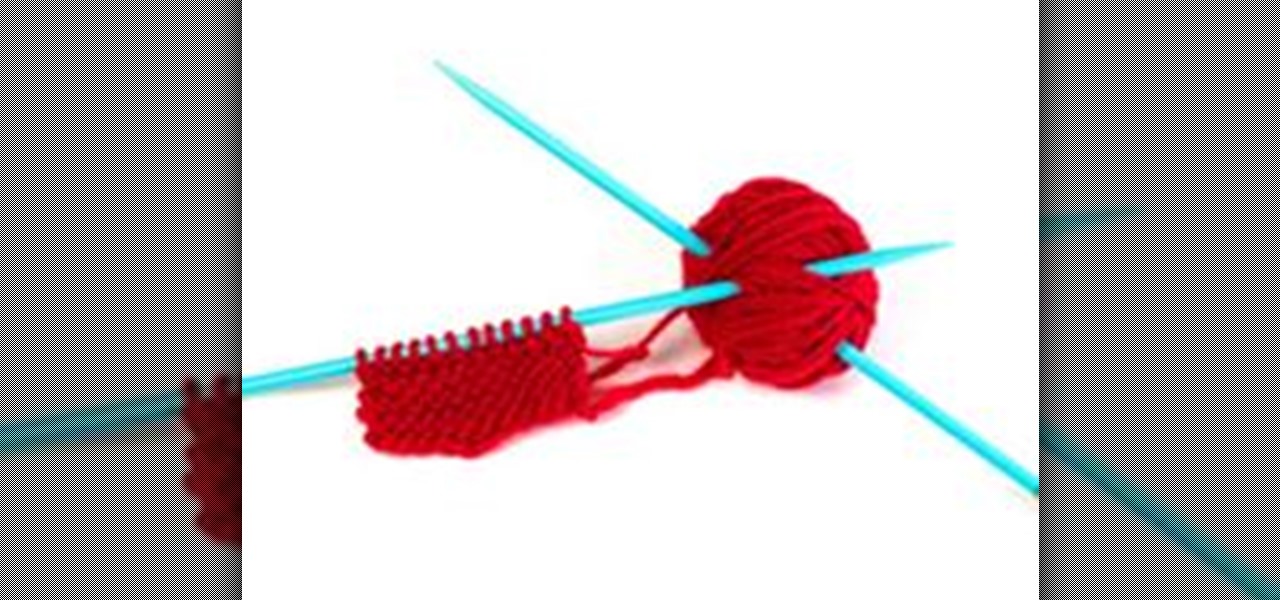
How To: Cast On at the End of a Row in Knitting
Sometimes your pattern will instruct you to CAST ON AT THE END OF A ROW. CASTING ON AT THE END OF A ROW is quite easy. Here's how to do it:
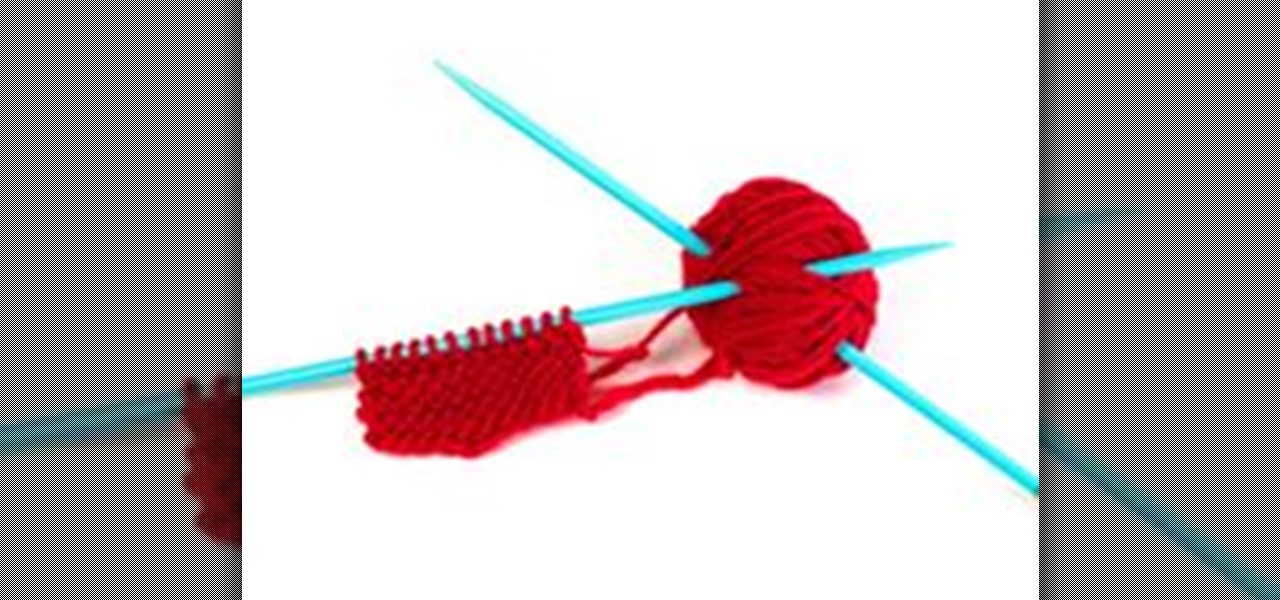
How To: Cast On Stitches at the Beginning of a Row in Knitting
Sometimes your instructions will include having to CAST ON AT THE BEGINNING OF A ROW. It's not difficult and here's how to do it.

How To: Make Fringe
There will be times when you will want to add FRINGE to your work. Scarves, blankets, shawls, etc., sometimes look better with FRINGE added.
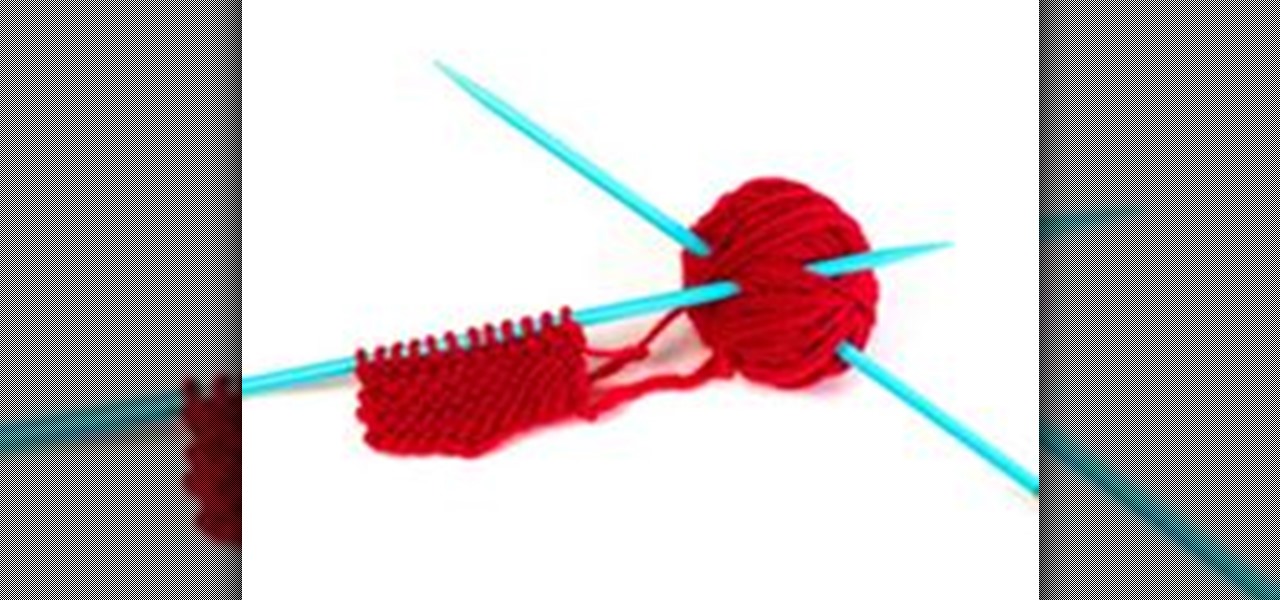
How To: Make a Tassel
Knowing how to make a TASSEL is a very useful technique to know. You can attach them to a scarf, a hat, a shawl...there are many uses for a TASSEL.

How To: Knit a Seed and Garter Stitch Potholder
Potholders are a good way to practice stitches and they make great gifts. Here's a nice seed and garter stitch potholder to make. You need to know only two stitches for this project - the GARTER STITCH and the SEED STITCH. Photo below is my potholder in progress. The white thread down the middle is my stitch marker.

How To: Knit the Garter Stitch
Once you know how to CAST ON and do the KNIT STITCH you are ready to start a project. VIDEO DEMONSTRATION HOW TO KNIT THE GARTER STITCH.

How To: Do an I Cord Bind Off
An I CORD BIND OFF is a useful technique to know. It makes a nice edging for a pocket or around a potholder or blanket.

How To: Unravel a Bound Off Row
There will be times when you've finished a project, such as a scarf, that you've already bound off, when you will realize it's not quite as long as you want it to be. You will have to unravel the bound off row, add more yarn, and then start knitting again.

How To: Knit a Flower Napkin Ring
Here's a lovely way to brighten up your table for a dinner party or a lovely gift to give to someone else. Knit a FLOWER NAPKIN RING.
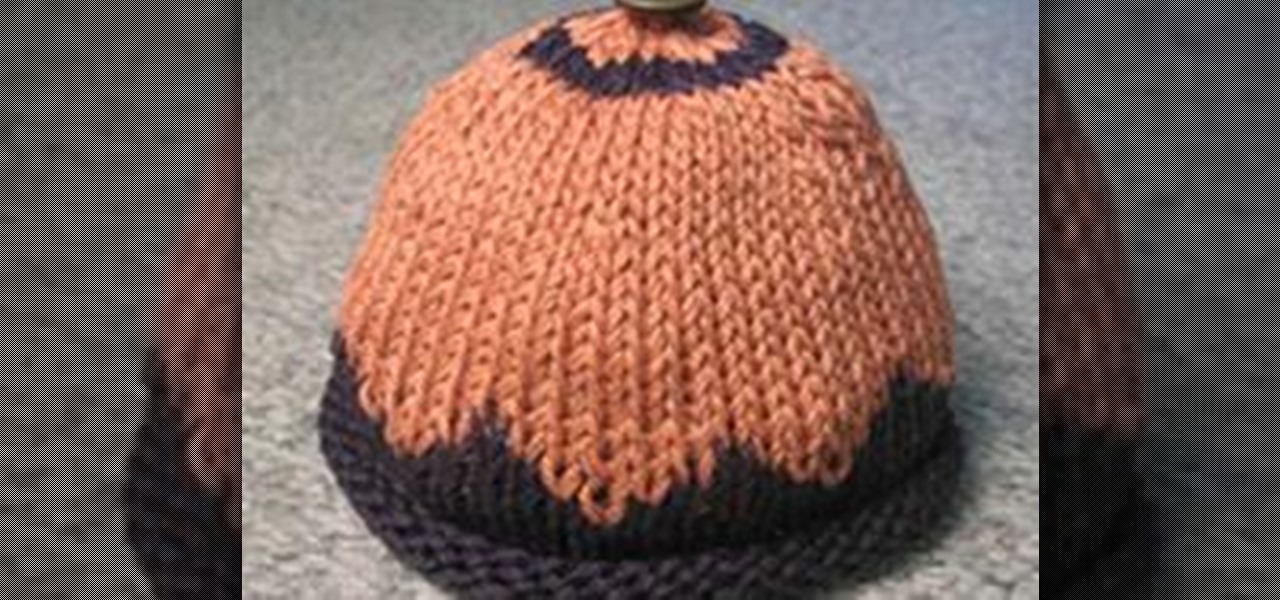
How To: End a Knit Hat
Some time, when you are making a hat and after you have done your decreases for the crown, you will get to the end of your hat pattern and it will simply say "end the hat". Here's what to do.
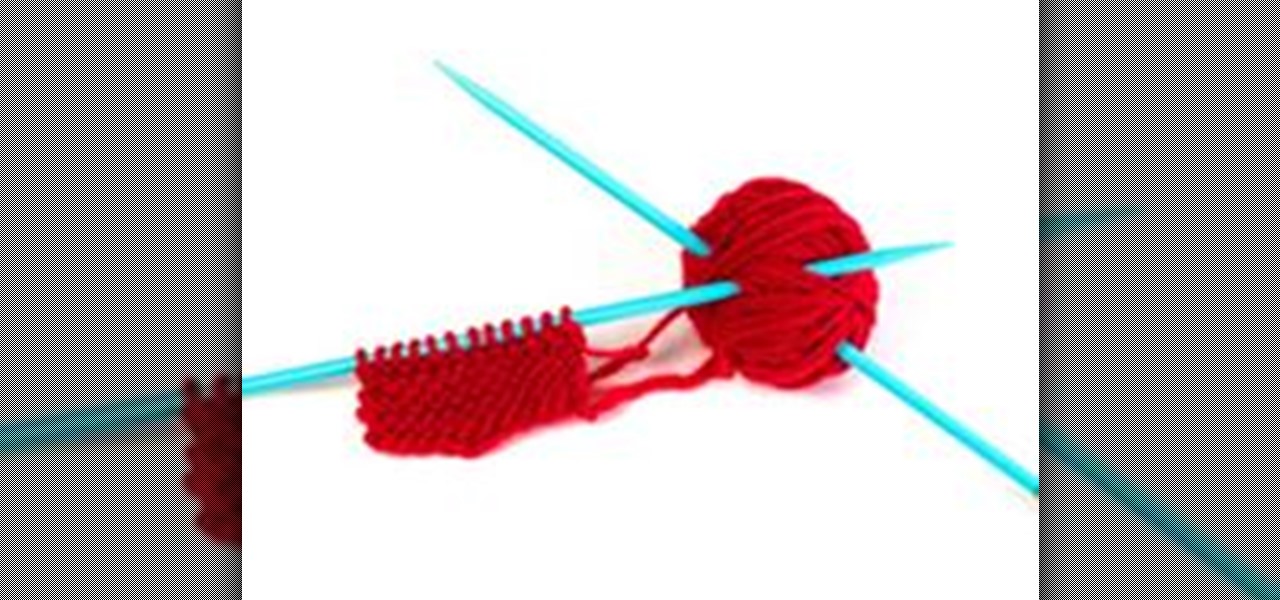
How To: Knit a Flower Headband
This is a very nice HEADBAND that can be used plain or decorated with a FLOWER. I made mine wide (4 1/2 inches), but you can make yours as wide or narrow as you want.
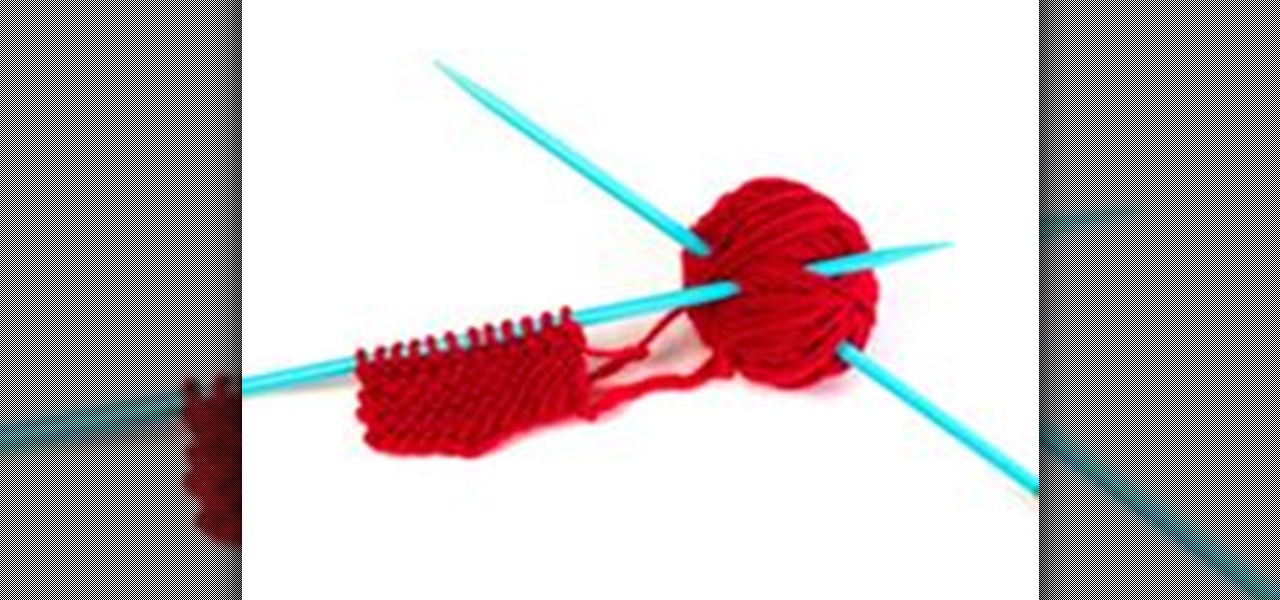
How To: Purl in the Back of the Stitch
Normally when you PURL you insert the needle into the FRONT of the stitch. Purling in the BACK of the stitch twists it and makes it tighter. There will be times when you will want to do this. When you do here's how:
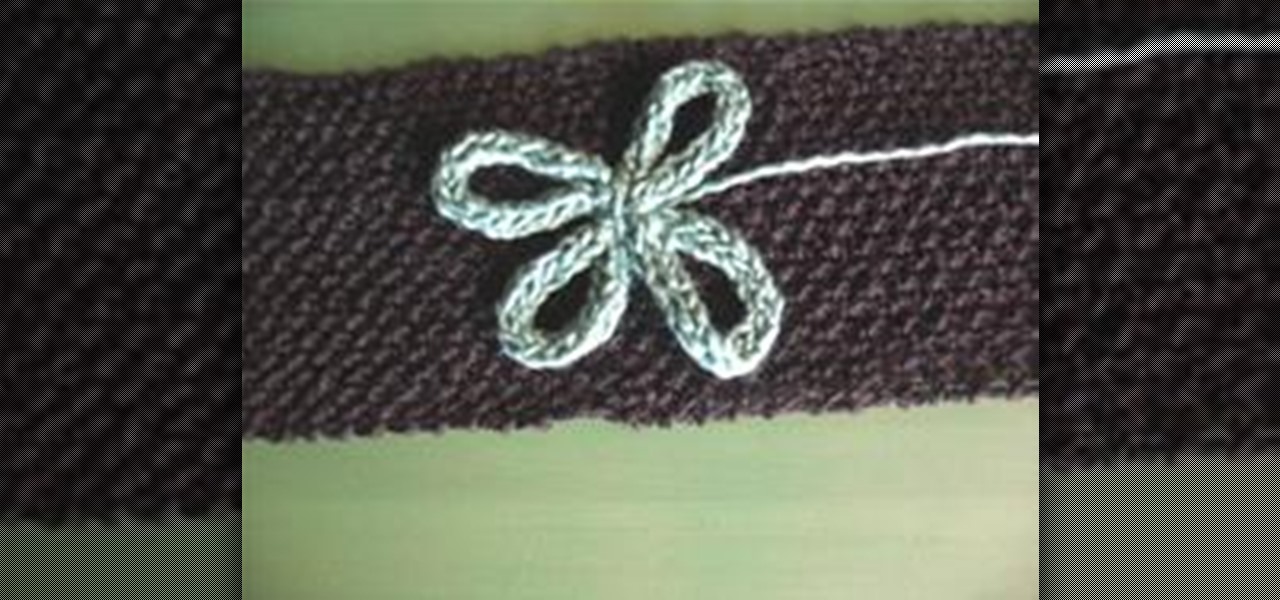
How To: Make a Flower From a Knitted I-Cord
Once you learn how to knit an I-CORD you will find many different applications in which to use them. One thing I like to do is to make a FLOWER from an I-Cord. The flower can then be applied to a sweater, a blanket, a scarf, a purse. There are limitless possibilities.

How To: Knit a Little Purse
You'll be so glad to know how to KNIT THIS LITTLE PURSE. You'll want to make one for everyone you know. You can start and finish it in a little over an hour. You can knit it all one color and embellish it with buttons (see photo below) or you can make stripes (as on the video below) or use two colors (as on the photo above). You can make it in a flat stockinette stitch or something more interesting like the Raspberry Stitch. Do what you want and just have fun.
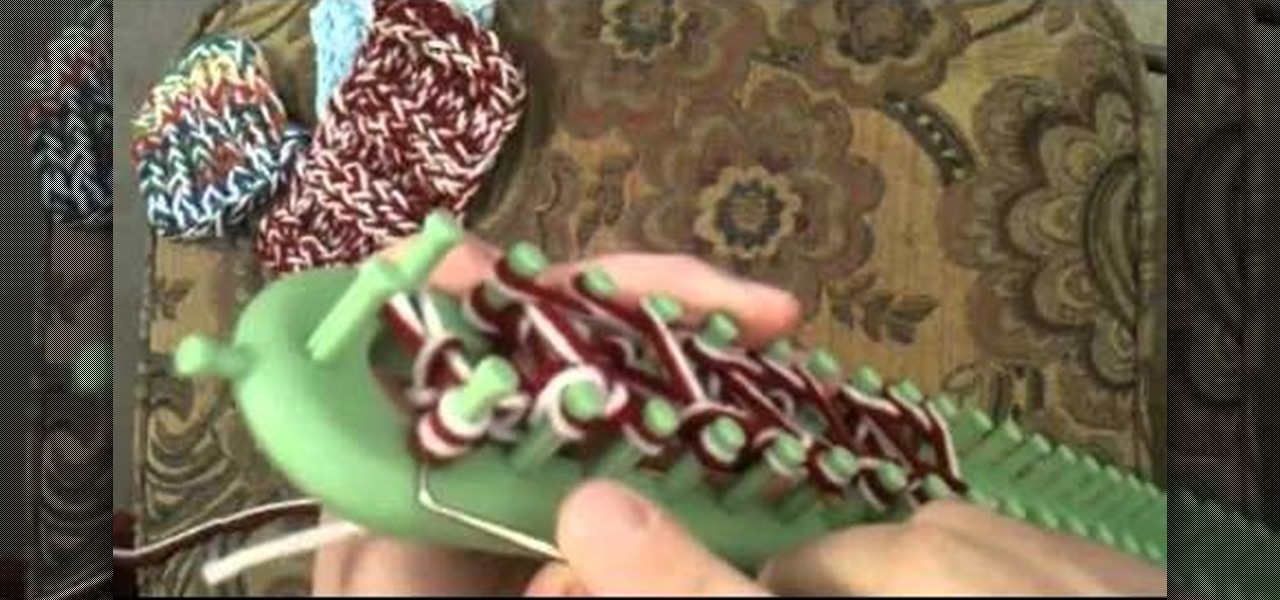
How To: Loom knit the triple knit stitch
Conquer a brand new loom stitch! This video is the first to demonstrate the the triple knit stitch on a loom. Create beuatiful works of woolen art by following the instructions in this video. Learn how to knit the triple knit stitch on a loom and take your knitting to a whole new level.
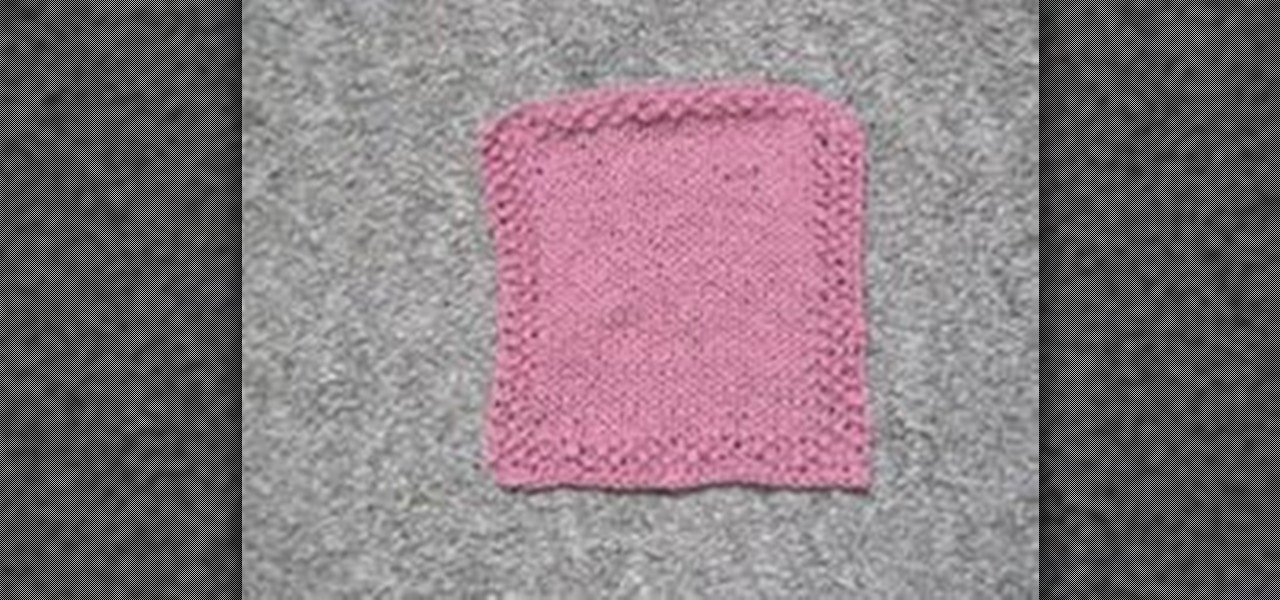
How To: Knit a Stockinette Stitch Wash Rag (Dish Cloth)
They can be called wash rags, wash cloths or dish cloths. There are lots of different patterns for them. Here's an easy washcloth that incorporates the Stockinette Stitch with Seed Stitch edging.
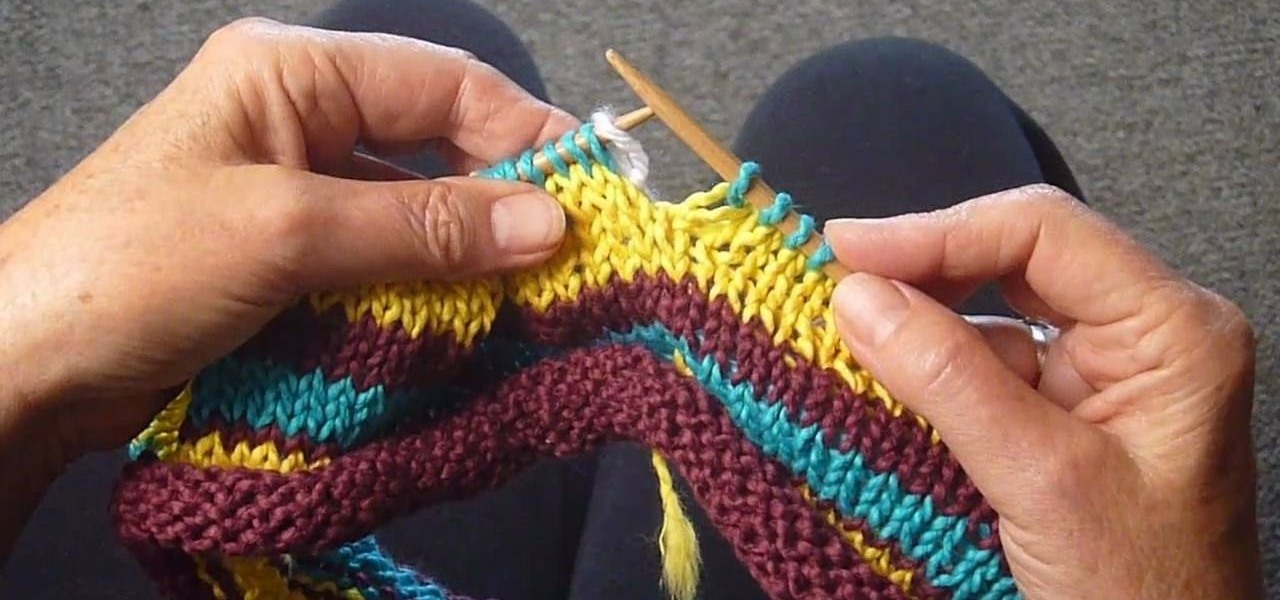
How To: Get perfect, jogless stripes in your knitting projects
Visible jogs become frequent when you don't know the secret to knitting the perfect stripe. But just because it's a secret, doesn't mean it isn't easy to do! In this video demonstration, Judy shows you the secret to knitting jogless stripes. Basically, you knit the first row of color the way you normally would, then slip the marker off when you get around to the end. Next, instead of knitting the next stitch how you normally would, you just slip it off and then start knitting all the way arou...

How To: Knit Fingerless Mitts
Fingerless mitts are all the rage. They can be fancy or simple, long or short. This article will show you how to make a simple pair of fingerless mitts—for men or women. By adding more colors in stripes or other patterns, you can make them more interesting. You can also add to the length to make them longer.
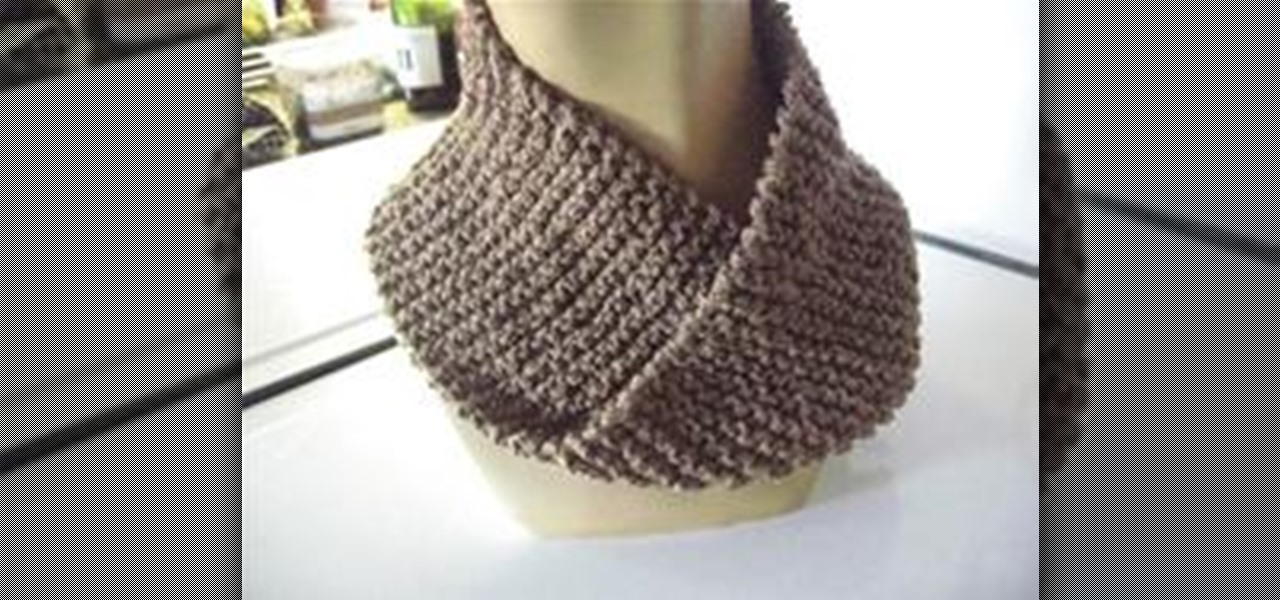
How To: Knit a Fake Mobius Scarf
There are different ways to knit a Mobius scarf. I call this one the Fake Mobius. Check out the video demonstration below, then proceed to the written tips and pictures.
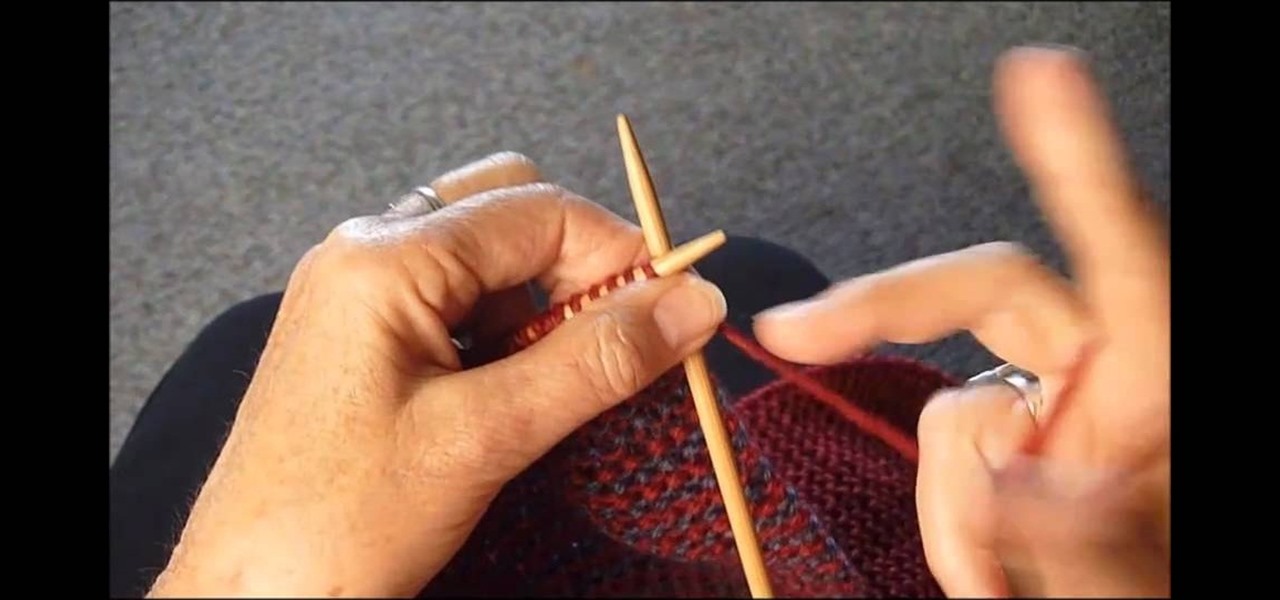
How To: Add a decorative keyhole to a knitted scarf
A keyhole is a great way of adding decorative effect to your knitting projects, and master knitter Judy Topaz is going to show you how it's done on a striped scarf. Adding a keyhole is more complicated than just knitting a basic scarf, but follow along to the video and you shouldn't have any problems.
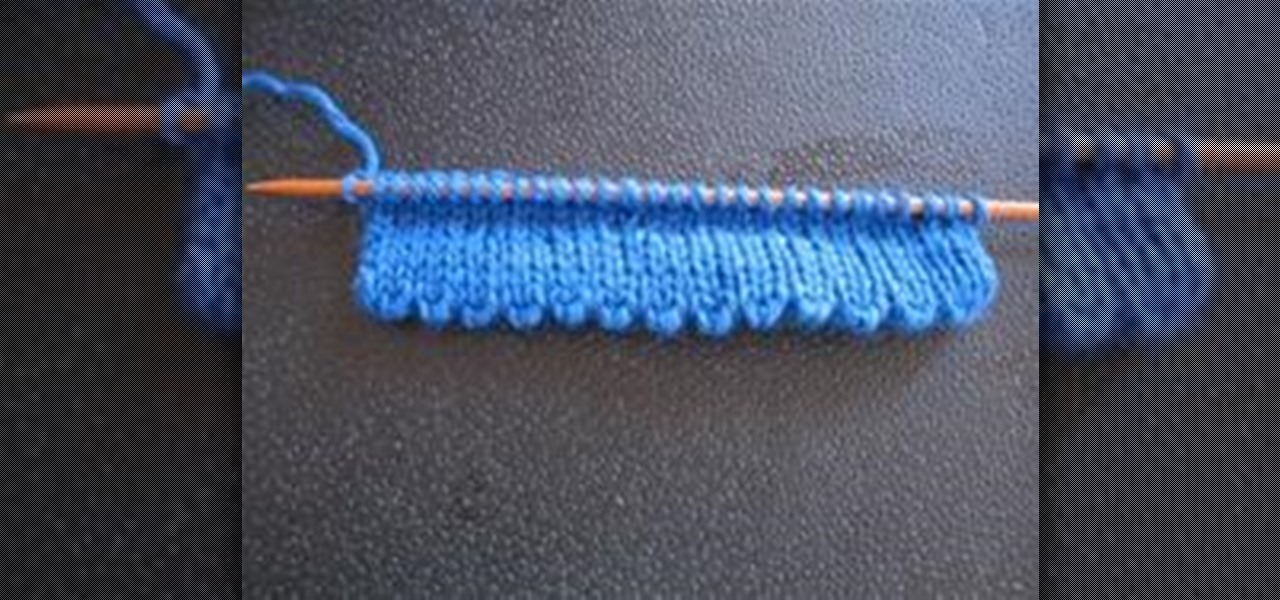
How To: Knit a Picot Hem
Knowing how to knit a picot hem is a good technique to learn. Usually, at the bottom of a garment you will have a ribbed edge. A picot hem, as pictured below, is a nice alternative. It's quite easy and here's how to do it.
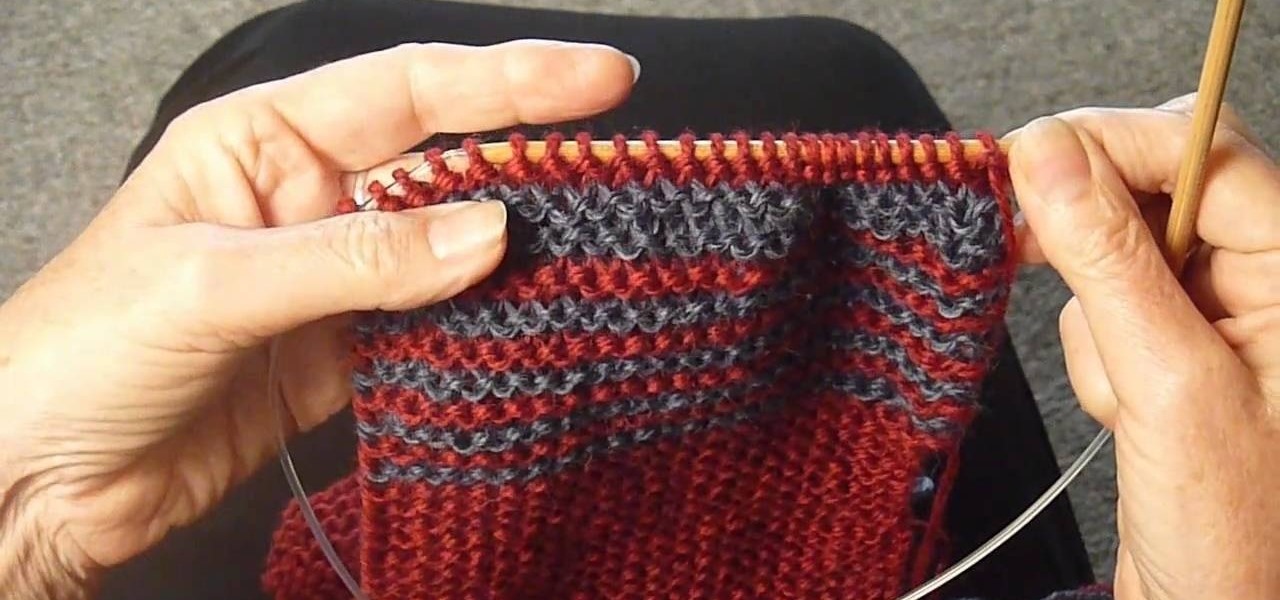
How To: Knit a four-row stripe with alternating colors
This video will show the lowdown on knitting four-row stripes. Actually, this works with any knitting task requiring over 2 rows, where you want to change the colors of your yarn. Master knitter Judy Topaz walks you through the whole process.
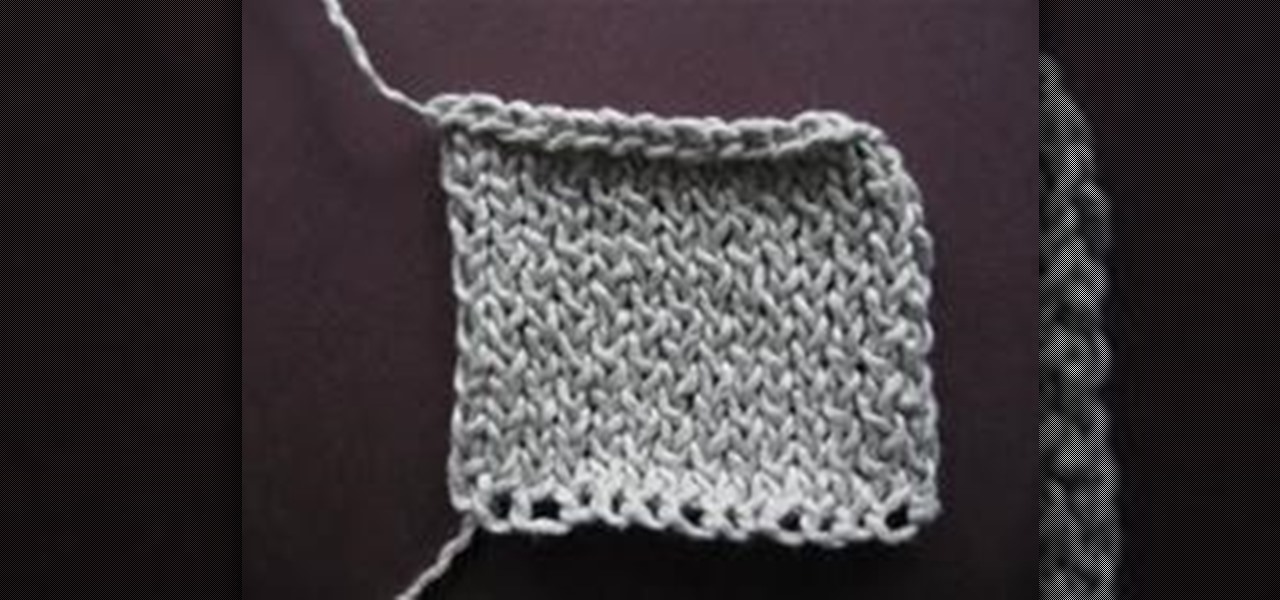
How To: Knit the Twisted Stockinette Stitch
Here is a good stitch to know, especially if your knitting tends to come out looser than you would like it. It works well for a nice cozy sweater when used with a thick wool. The twisted stockinette is just like basic stockinette stitch, except you put the needle in the BACK of the stitch when you knit. This twists the stitches and makes them tighter.
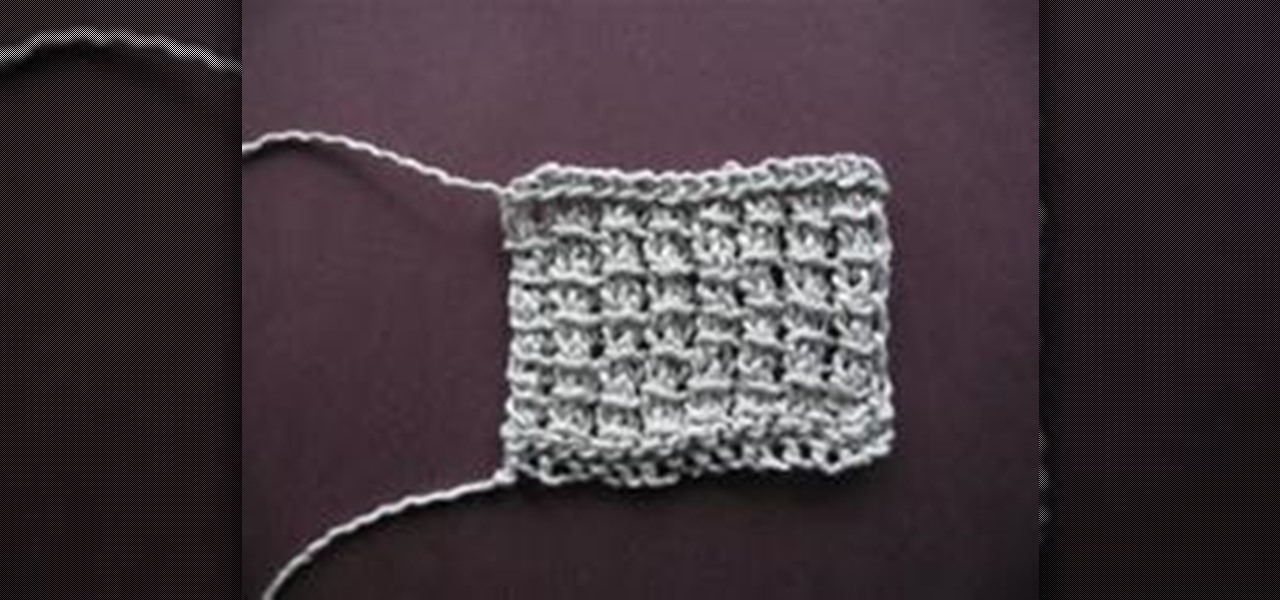
How To: Knit the Bamboo Stitch
The bamboo stitch is a beautiful, versatile stitch that can be used for lots of different kinds of projects. I especially love using it for baby blankets and scarves. It is an easy, reversible stitch. Both sides aren't the same, but both are very nice looking.
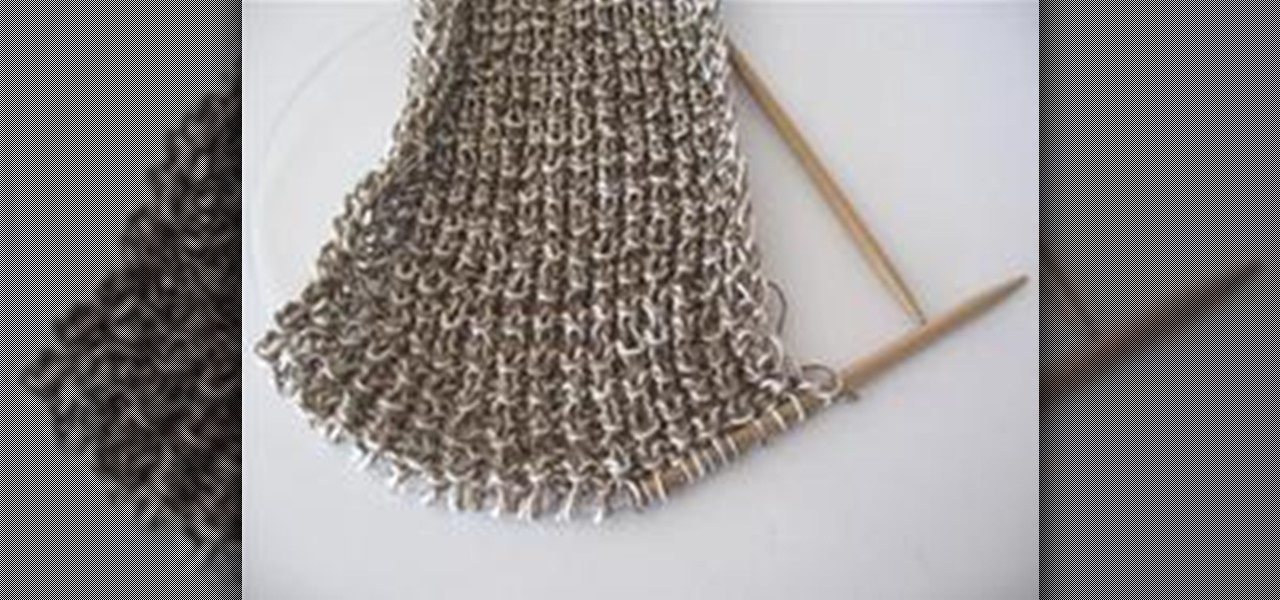
How To: Knit Straight on a Circular Needle
I love circular needles! I use a circular most of the time, even when I am knitting straight. One of the reasons I love knitting on a circular is because with a circular needle, you don't have to worry about dropping a needle. You just have one. It's particularly good to knit straight on a circular needle when you're making a large project such as an afghan or blanket, but I use one even if I'm knitting a small project such as a scarf or wash rag. The photo below is of a scarf I'm making with...
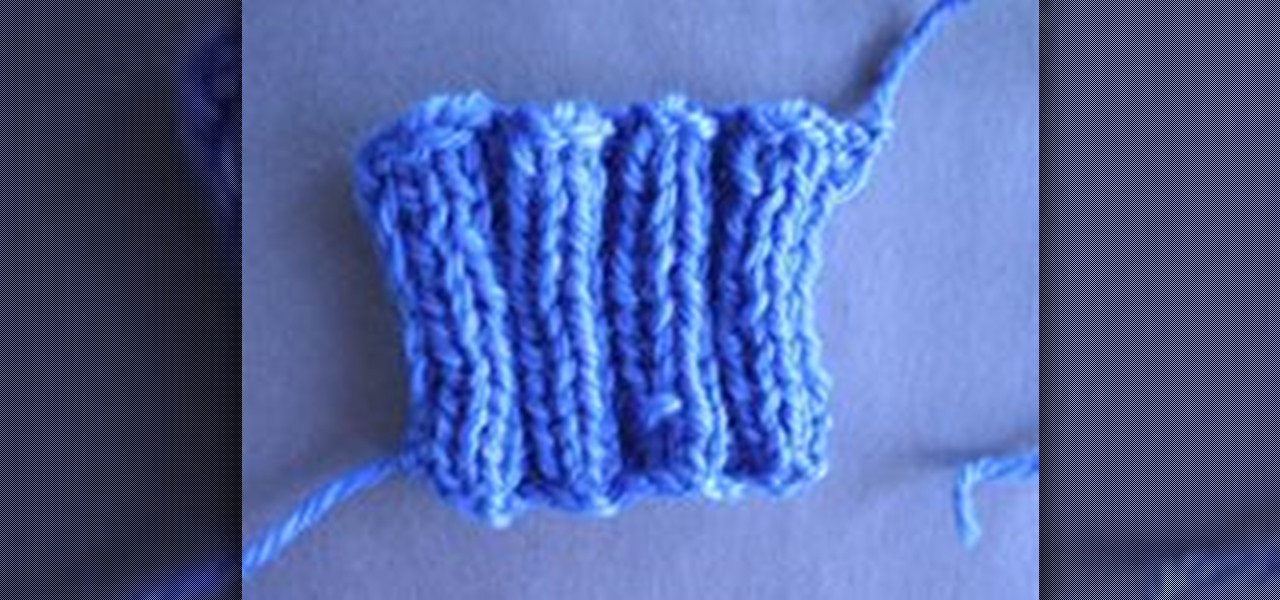
How To: Bind Off Ribbing
Now that you have learned how to knit ribbing, you will have to know how to bind off ribbing. If you have knitted something that needs to have a stretch to it, such as socks or a neck, this is a very important technique to know.

How To: Add Color to Your Knitting Projects
Once you have mastered the technique of knitting something in one color, you will want to go to the next step, which is learning how to add color to your knitting. You might want to knit stripes or knit something with two colors. It isn't as difficult as you might think, and once you've done it a few times you will wonder why you never attempted it before.
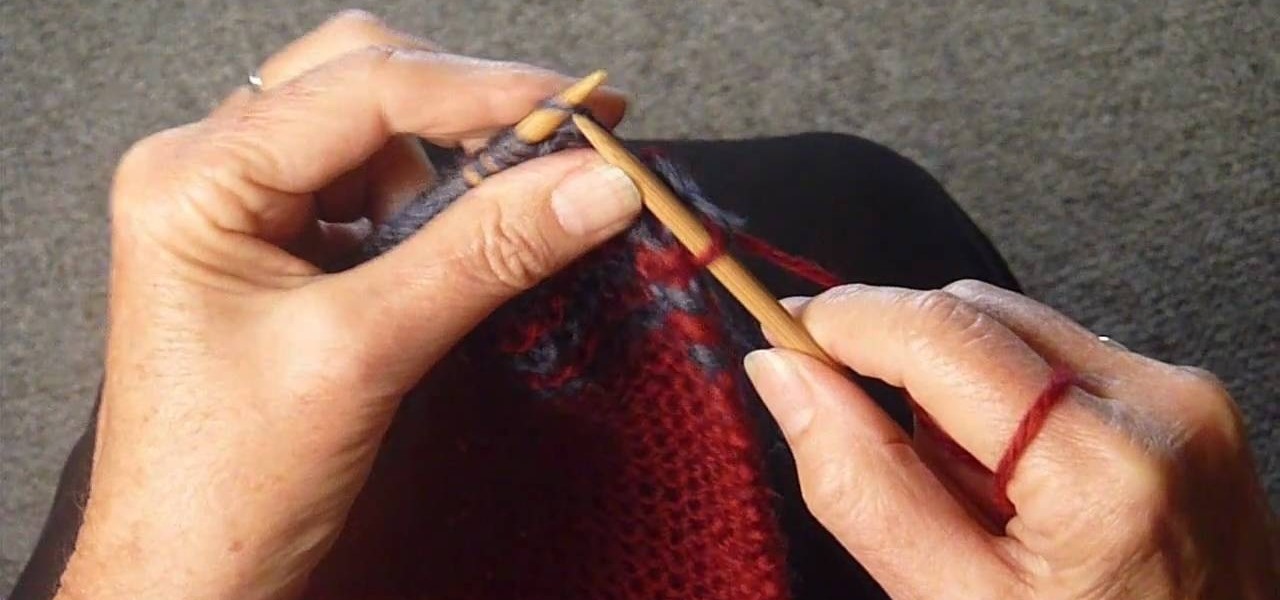
How To: Knit alternating colors for a two-row stripe
Need some stripes in your knit-work? Judy's going to lend you her expertise and show you how to make stripes of two rows. She starts out adding a row of red yarn above previously knitted gray row, to make her stripes. Just follow her guidelines for stitching and you should have no problems knitting stripes in your future projects.
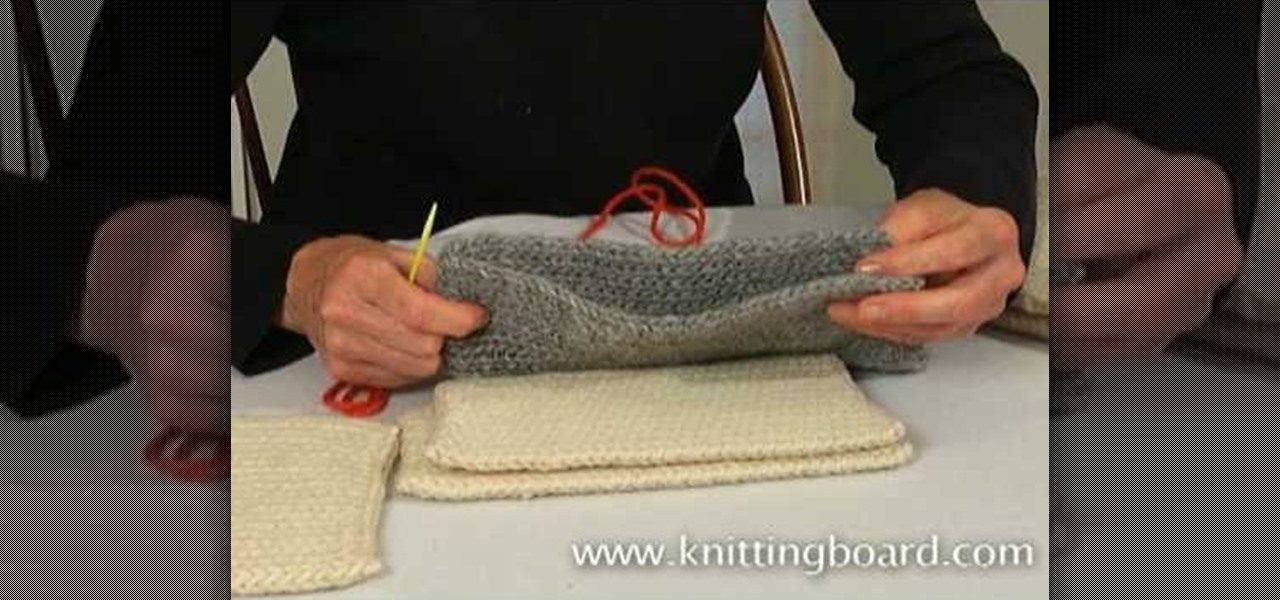
How To: Sew knitted pieces together using a whip stitch and other stitches
Tie loose ends together - in the literal and original sense sense of the phrase - by sewing together the ends and/or hems of your knitting projects like a pro. Whether you're fusing together two pieces of wool-knitted cloth to form the back of a beautiful winter sweater or just want to join patchwork knits into a rasta-cool beanie, knowing how to stick pieces together is integral for a tidy project.
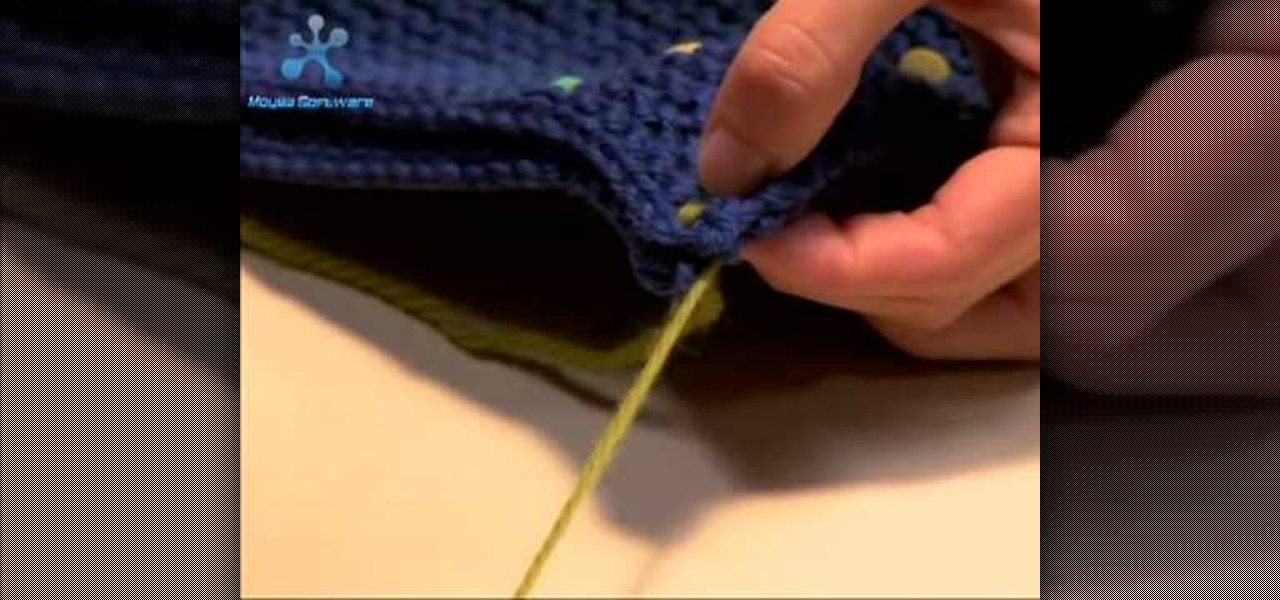
How To: Join knitted squares for sweaters or a hat
If you're an avid knitter, then you're probably making dozens of different pojects at the same time: scarves, Afghan quilts, hats, and wee slippers for your dog. So you need a video that doesn't waste your time (so you can finish that last row on your striped rugby scarf) by giving you an all-in-one tutorial.
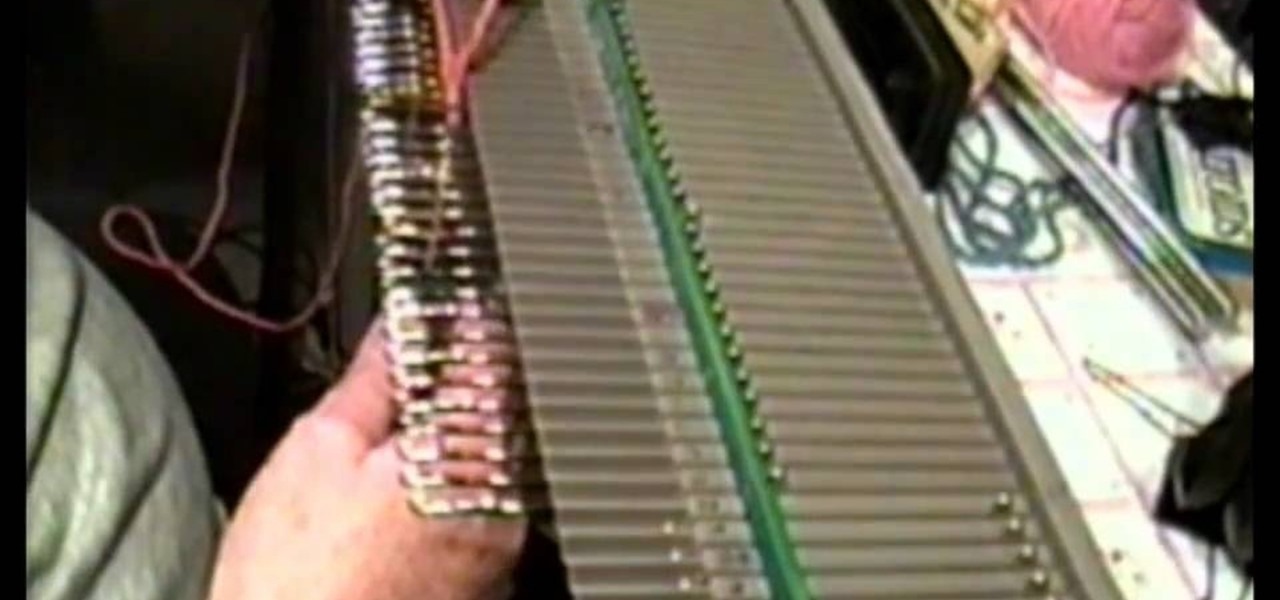
How To: Crochet a baby cocoon on a crochet loom
A baby cocoon is a snug swaddling blanket that can be used to easily keep a new baby warm. This tutorial shows you a few techniques that you can use to crochet a baby cocoon for yourself or as a gift. This technique uses a crochet loom, so you'll want access to one of those in order to complete this project. You will also need to use a few basic hand sewing techniques to join the different pieces together when you're done.

How To: Knit the Tunic Stitch
The tunic stitch is another one of those real easy patterns that looks more difficult than it is. It's a strikingly beautiful pattern. Although both sides are not the same, they are both attractive so you can use either side. The picture below is of the right side.

How To: Knit on Double Pointed Needles
Knitting on double pointed needles (abbr: DPN or DP) is scary to most knitters. That being said, there will be times that you will want to, or need to use them, so you might as well learn now. You'll need to use DP needles for small projects when there are too few stitches for a circular needle (as for socks or mittens). Once you cast on and get into a rhythm, it's easy. Don't be afraid to try it.
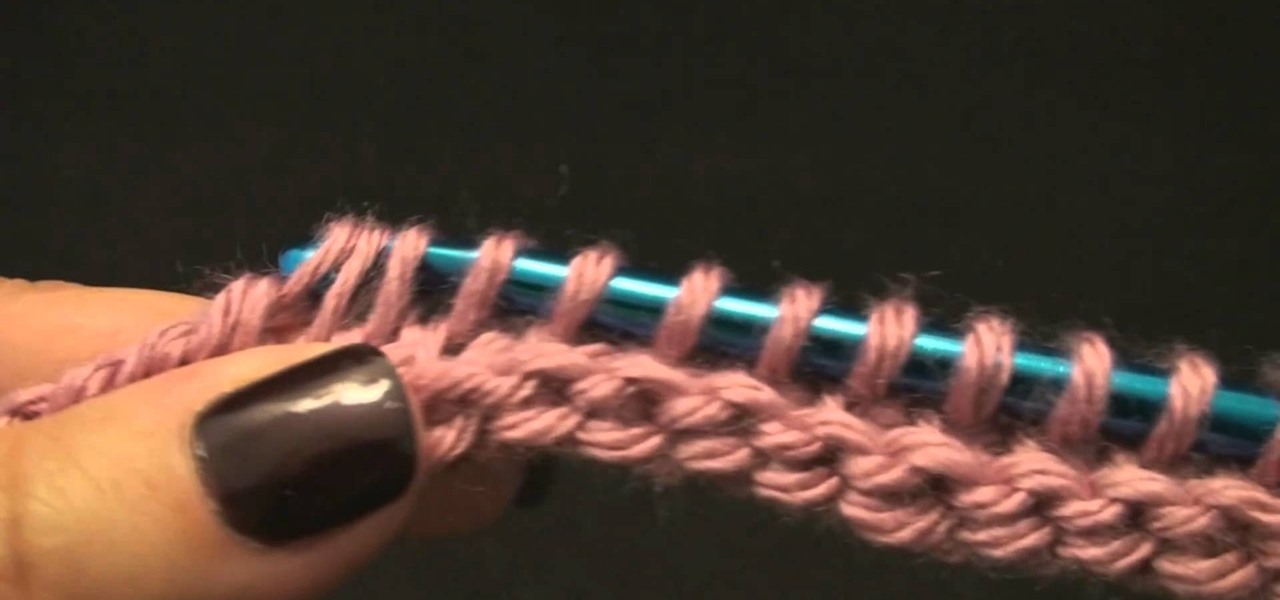
How To: Make the Afghan or Tunisian crochet stitch - entrelac
If you're someone who enjoys crochet, you may want to watch this video and check out this technique. It's called the Afghan or Tunisian crochet stitch, or 'entrelac'. This is not quick stitch to do, but the results can be truly wonderful. This video is very detailed, with excellent descriptions and will help you get on the path to a new and exciting crochet creation. You will want a larger and smaller crochet needle for this project, so be sure to have both on hand.
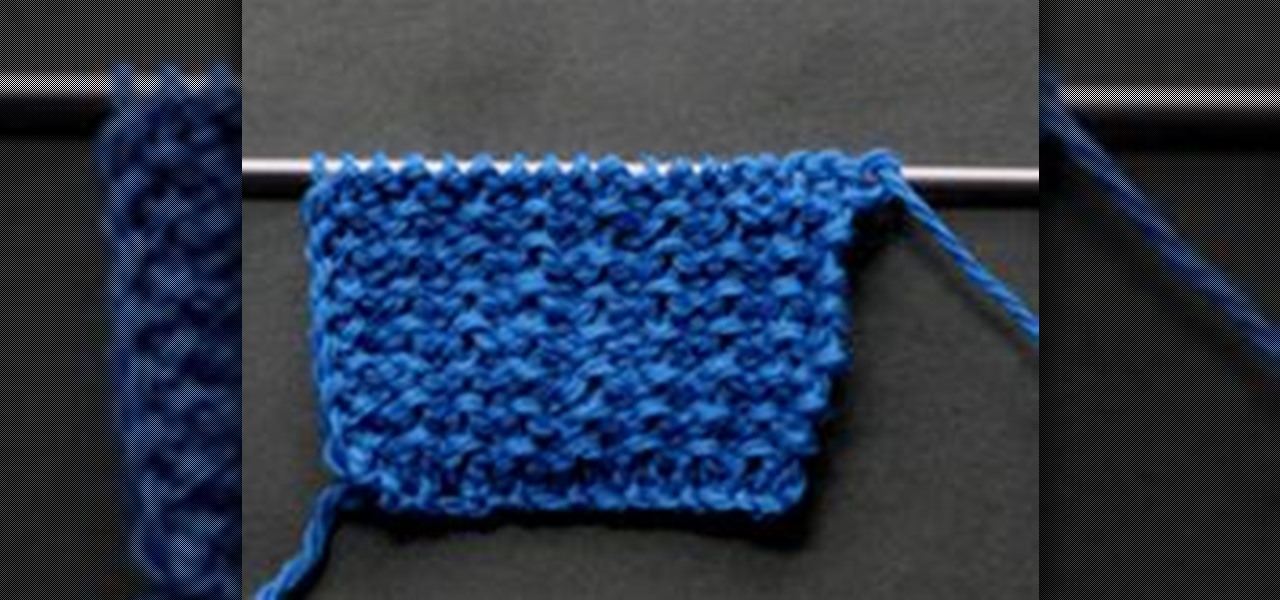
How To: Knit the Rice Stitch
The rice stitch is another easy and versatile stitch. Both sides are different, however they both look nice. This means the work can be used on either side. Pictured in the thumbnail image above is side one of the rice stitch. Pictured below is side two of the rice stitch.

How To: Do the Same Stitch on Different Sized Knitting Needles
A fun thing to do in knitting is to experiment by trying the same stitch on different sizes of needles. A thin yarn knitted on a small sized needle will look totally different than a thin yarn on a medium sized needle. On the small needle the stitches will be tight. On a medium sized needle they will be looser and more lacy. If you knit it on a large sized needle it will look even more different and, in fact, very holey.



